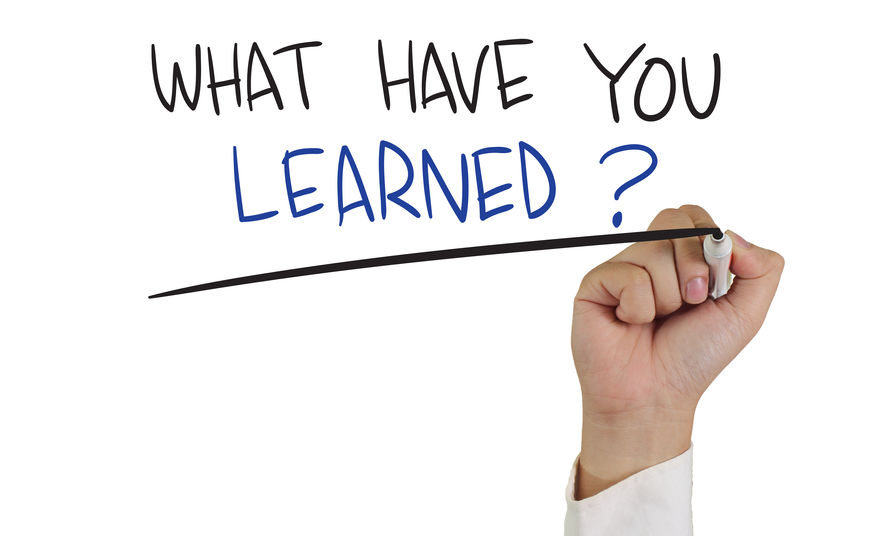Hindsight is 2020 - Lessons from the Lockdown

2020 was certainly a Hot Mess! COVID-19, social unrest, raucous politics, and cyber-attacks took the oxygen out of every (Zoom) room. In many ways, it felt as if we were walking barefoot in a room full of broken glass.
So … what have we learned from this year full of forced change and what’s next for associations?
Digital Transformation finally came of Age
Long talked about …. often over-hyped and full of expectation, Digital Transformation actually happened on a massive scale in 2020. Ok, maybe it wasn’t EXACTLY how we planned it but think about it … most associations were able to implement remote work virtually overnight. We also learned that cloud infrastructure and online collaboration platforms could serve our technical, if not our cultural needs for working together in teams.
In many ways, the Pandemic created a structural break that accelerated the technology adoption curve in unanticipated ways. Critical conversations about the promise and potential of technology to not only sustain us, but permanently enhance our business models are now commonplace.
Technical Debt continues to Hold Us Back
As we made the turn into full-time remote work, legacy systems held us back. Customizations, on-premises infrastructure, and weak business processes continued to get in the way of productivity for most associations.
This technical debt remains a hot topic and a critical pain point as associations re-examine their IT strategies. Dealing with technical debt is just one of the critical conversations that must happen as associations work towards a more sustainable technology-enabled future.
Data is Fungible … but only if it’s High Quality
Associations struggle with data quality primarily because our applications are best-of-breed which creates data silos. The pandemic amplified these struggles as far-flung teams attempted to fulfill the vision of being ‘data driven’. Focusing on Data Quality took on new meaning during the lockdown.
Business Continuity Planning moved to Center Stage
If we learned anything, it is that disruption will come from unexpected sources. Social, political, economic, and environmental disasters held our attention this year and kept us awake at night. The ‘forced pivot’ to Work from Home became at least semi-permanent and we suddenly became very aware of the provisions of our event-cancellation insurance policies.
For decades, technologists have been proselytizing about the need for strong Business Continuity Plans (BCPs) that anticipate the risks, plan for contingencies, and respond to business disruptions in real time. The events of 2020 make it crystal clear that every business should re-visit and update their Business Continuity Plans with a renewed focus on scenario planning.
Cybersecurity is Complicated (especially during a Pandemic)
Cyber threats continued to be front and center during the Pandemic. Associations must now address the practicalities of what Post-Pandemic Cybersecurity means for their organization. According to a recent survey, Associations have a lot of work to do towards protecting critical infrastructure. From meeting industry best practices to obtaining cyber-risk insurance, association leaders continue to have many questions about cybersecurity.
As we expanded our working perimeter to the kitchen table and home offices, it has been important to understand to how to keep our personal and professional lives cyber-safe.
The Wrap Up
Most of us have been channeling the nursery rhyme from our childhood starring Alexander and the No Good, Horrible, Very Bad day throughout 2020. Bad as it was … it is exceptionally important that we catalogue and develop actionable strategies from the Lessons We Learned During the Lockdown.
We are certainly glad it’s over. Now it’s time to re-group, re-frame and evolve.
Here’s to Happy, Healthy and Prosperous 2021!
If your association is looking for digital transformation experts to help with building on the lessons learned during 2020, contact us at info@cimatri.com



